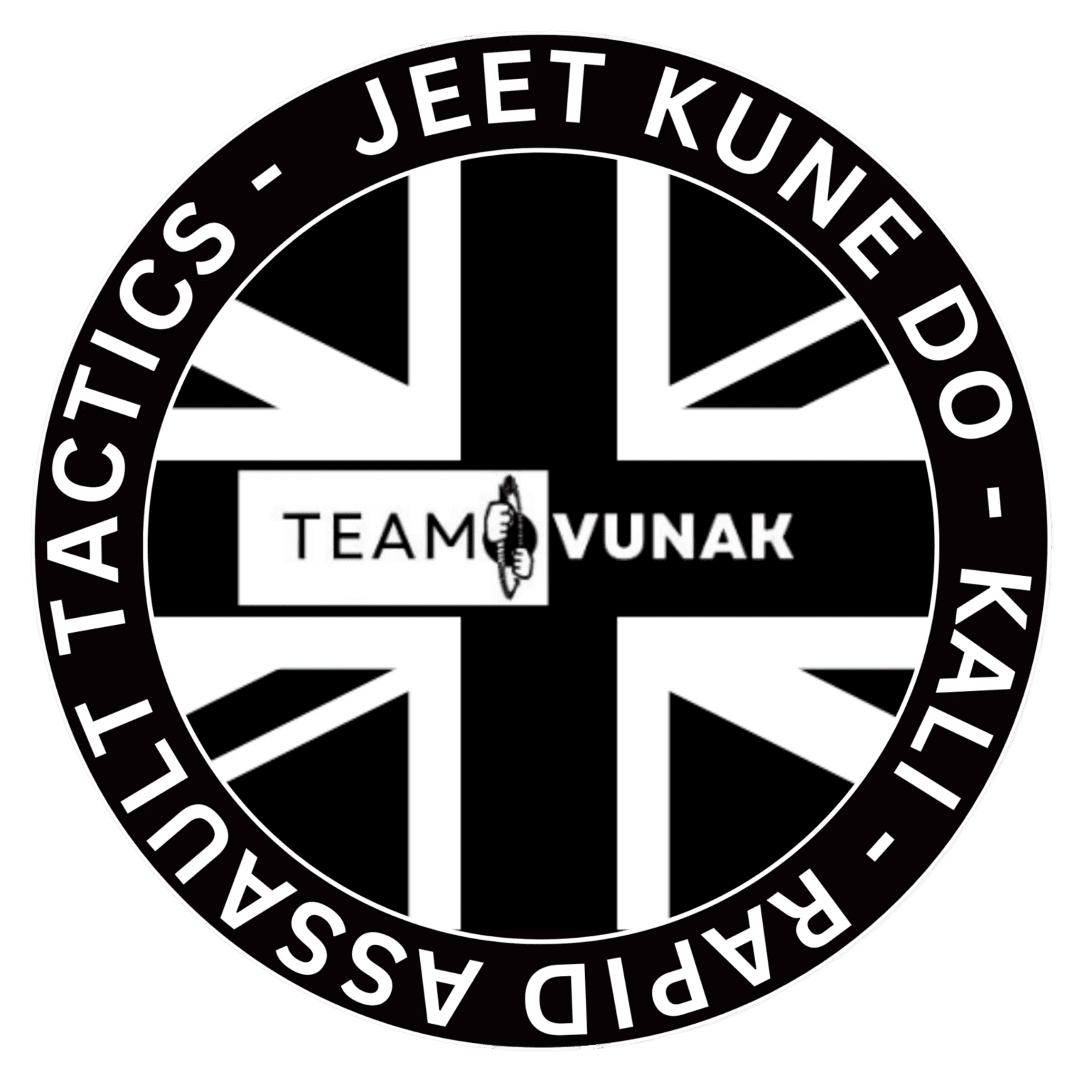How to Train Self Defence Effectively: 5 Steps to Mastery
Want to become a truly skilled martial artist? It’s not just about brute strength or natural talent. Effective training is a structured process that takes dedication and the right approach. Here’s a breakdown of how to train self defence & the five key steps to maximize your martial arts journey:
1. Learn the Technique:
This is the foundation for you to learn how to train self defence. You need to understand the mechanics of each movement, the footwork, the angles, and the underlying principles. A good instructor is essential here. They’ll provide clear demonstrations, explanations, and corrections to ensure you’re building good habits from the start.
- Think quality over quantity: Focus on precision and understanding rather than just going through the motions.
- Ask questions: Don’t be afraid to clarify anything you’re unsure about. Your instructor is there to guide you.
2. Practice the Technique:
Repetition is key. Consistent practice helps ingrain the movements into your muscle memory. This is where you start to develop the coordination and fluidity needed to execute techniques effectively.
- Drill it in: Practice the technique solo, with partners, and in different scenarios.
- Vary your training: Incorporate drills, pad work, and sparring to practice the technique in different contexts.
3. Master the Technique:
Mastery goes beyond just knowing how to do something. It’s about performing the technique with precision, power, and efficiency, even under pressure.
- Refine your form: Pay attention to the details. Are your stances correct? Is your timing sharp?
- Seek feedback: Ask your instructor or training partners for constructive criticism to identify areas for improvement.
- Push your limits: Gradually increase the intensity and complexity of your training to challenge yourself.
4. Functionalize the Technique:
This is where your training becomes truly practical. It’s about applying the technique in a realistic self defence situation or combat scenario. There is no point in learning how to train self defence if you cannot do it against a resisting opponent.
- Scenario training: Practice against different attacks and opponents.
- Sparring: Test your skills in a controlled environment.
- Pressure testing: Simulate the stress and adrenaline of a real fight.
5. Maintain the Technique:
Once you’ve mastered a technique, don’t let it get rusty. Regular practice is essential for maintaining your skills and reflexes.Lots of people think you must learn a new skill every session this, is rubbish. Make what you know work as opposed to collecting techniques you could not even name if you were attacked.
- Ongoing training: Continue to attend classes and practice regularly.
- Review and refine: Periodically revisit techniques you’ve already learned to ensure you’re still performing them correctly.
- Stay adaptable: The world of martial arts is constantly evolving. Be open to learning new techniques and adapting your existing skills.
Team Vunak and the Importance of Functional Training
At Team Vunak, we have thought long and hard on how to train self defence & make it accessible for everyone, emphasising the importance of functional martial arts training. Our JKD (Jeet Kune Do) program, inspired by Bruce Lee’s philosophy, focuses on practicality and adaptability. We teach you to use techniques that work in real-world situations, not just in the training hall. Our Rapid Assault Tactics (RAT) program takes this further, providing you with the tools and skills to defend against multiple attackers and high-pressure scenarios. our Kali program, rooted in Filipino martial arts, equips you with a versatile and effective weapon and empty-hand combat system.
By following these five steps and embracing a functional approach to training, you can become a well-rounded and capable martial artist. Remember, the journey to mastery is ongoing. Stay dedicated, keep learning, and never stop pushing yourself to improve.
We have a philosophy at team Vunak UK based on this saying used by the US Navy Seals. If you train with me you will hear it almost every session.
Slow is Smooth, Smooth is Fast, Fast is DEADLY!
By following this you will learn any martial arts skill.

